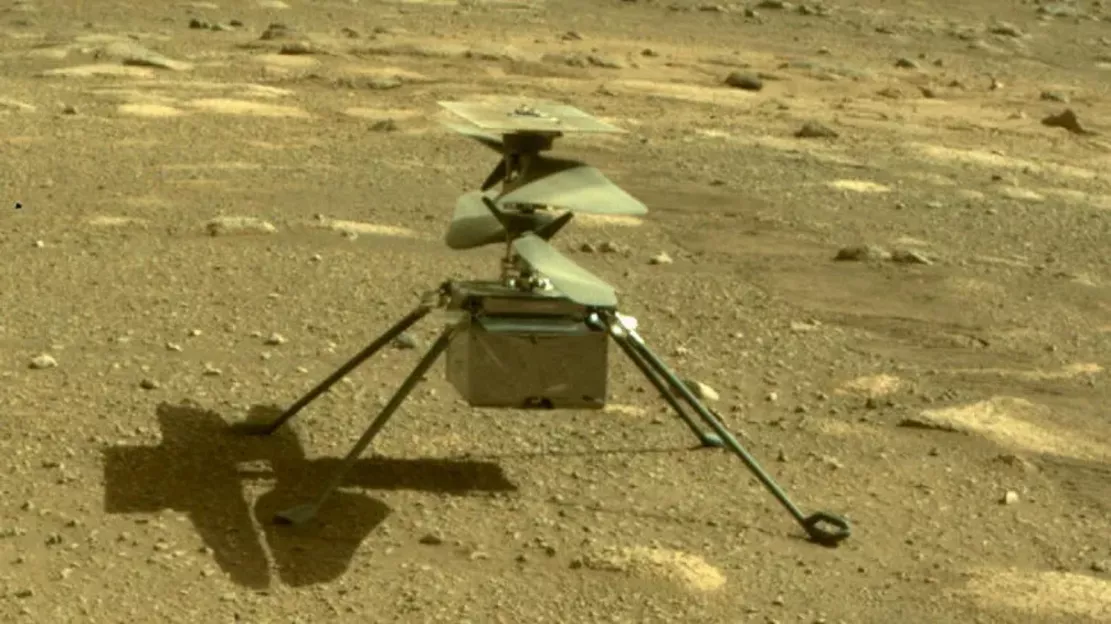NASA's ingenuity Mars helicopter has done everything it has to do, and has done much more than expected Recently, however, the rotorcraft team is dealing with a serious technical problem, but they hope a software patch can help

At present, the "wit" is trying to survive the snowy conditions of Jezero crater. It was originally intended to prove that a powered and controllable flight on Mars was possible. The helicopter achieved this feat in April 2021 local time in the United States. Since then, it has flown 28 times. However, colder and shorter days are now causing damage, causing the solar helicopter to shut down overnight and expose its components to cold temperatures.
In preparation for another flight recently, the "smart" team found that the helicopter's inclinometer, a navigation sensor, had stopped working.
Havard grip, the project's chief pilot, said in a status update on Monday: "an inoperative navigation sensor sounds like a big problem -- it does -- but it doesn't necessarily end our flight to Mars."
It is reported that the "smart" uses a set of sensors to determine its position in space. These sensors provide the information it needs for takeoff, flight and landing.
"The inclinometer consists of two accelerometers, whose sole purpose is to measure gravity before rotary ascent and takeoff; the direction of gravity sensed is used to determine the downward direction of the smart," grip said. Fortunately, tiltmeter data is not required during actual flight.
The rotorcraft needs a different way to obtain the same information that the inclinometer can provide. The ingenious repair of the rotorcraft team included the responsibility of using different sensors to deal with the damaged sensors. To this end, the team is sending a software patch to "smart".
Even better, the team's handlers thought it might happen. "Anticipating that this might happen, we prepared the required software patches before we arrived on Mars last year and put them on the shelf for emergencies," grip said.
If the patch is installed and tested, it may take a few days, but NASA hopes that the helicopter can land on the Martian sky again in the near future for its 29th flight, which will help it keep in touch with the perseverance Rover when it explores an interesting Delta region.